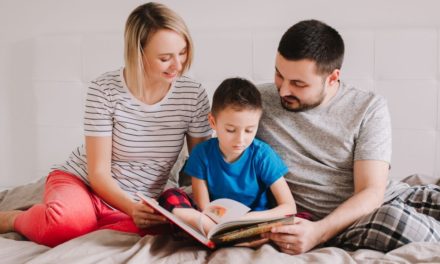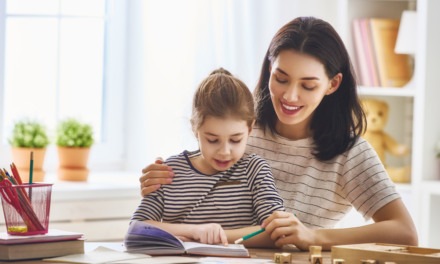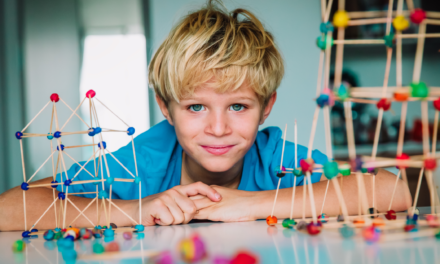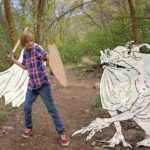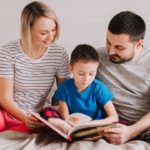
Child is struggling in Math? Read Poetry to them!
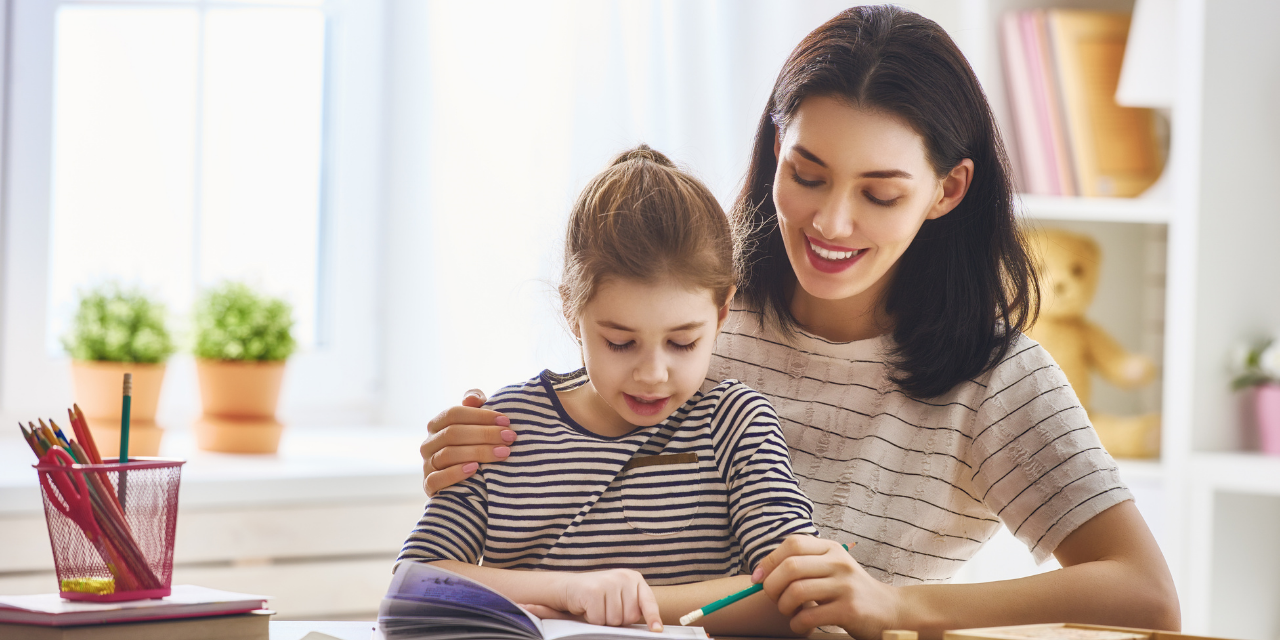
Artists and poets have long been inspired by the mathematical patterns found in nature. It is with the help of patterns that we predict what came before or what might come next.
Right from birth children make sense of the world through patterns or routines, be it the patterns of sleep and wakefulness or routines of eating and playing.
As they grow they make sense of the world through patterns and sequences when they learn to count and learn to rhyme.
Poetry is full of mathematical patterns and sequences. Sonnets and Haikus are famous for employing strict counts on lines and syllables. Math skills and complex logical patterns in children get strengthened when they are introduced to complex sentence structures of a poem complete with rhyme and pattern.

How interesting a poetry is depends not only on interesting words, but also on measurable elements such as metrical feet, rhyming words, length of the line, number of lines in a stanza, number of stanzas in the poem and much more.
There is hidden mathematical sequences in poetry patterns from arithmetic sequence where elements or numbers are added or subtracted from the preceding elements or a harmonic sequence where the reciprocals of a the numbers are in sequence or in Fibonacci sequence where each number is obtained by adding two preceding numbers.
While reading and memorising poetry the child is indirectly absorbing all the measurable elements along with standard syllable and rhythm patterns.
The last syllable in each line of a poetry may rhyme with the last syllable in one or more other lines along with the hidden measurable elements.
For example
A Haiku has 17 syllables in total within just 3 lines of poetry.
A limerick has five lines arranged in one stanza. The first line, second line, and fifth lines end in rhyming words.
A Iambic pentameter is made up of five such pairs of short/long. A verse rhythm often used in Shakespeare’s writings.
In a Snowball each line increases or decreases by one letter, word, or syllable.
Other than sequence and patterns; symmetry is often found in the ways that verses and stanzas are structured. And symmetry is another critical way of solving equations, as you must do the same thing to both sides of the equation.
Poetry uses patterns to create beauty, and beauty which we all admire for its balance.
Poetry also goes beyond mathematical thinking and helps children understand that there are words which are similar in sound but with different meanings.
Patterns, sequences, predictions allow children to make educated guesses. Math and science careers demonstrate the use of patterns as they research various theories. Much of math is based on making a hypothesis and hypotheses are often based on understanding patterns.
Start reading poetry to children and read thorough it a few times without worrying about understanding it.
The mathematical pattern and sequence in it will begin to sink and while your child will be enjoying the verbal music in it with its repetitious rhythm.
Trust children that they understand more than they express.

Limerick by Edward Lear
The Owl and the Pussy-Cat went to sea
In a beautiful pea-green boat:
They took some honey, and plenty of money
Wrapped up in a five-pound note.
The Owl looked up to the stars above,
And sang to a small guitar,
“O lovely Kitty, O Kitty, my love,
What a beautiful Kitty you are,
You are,
You are!
What a beautiful Kitty you are!”
Kitty said to the Owl, “You elegant fowl,
How charmingly sweet you sing!
Oh! Let us be married; too long we have tarried:
But what shall we do for a ring?”
They sailed away, for a year and a day,
To the land where the bong-tree grows;
And there in a wood a Piggy-wig stood,
With a ring at the end of his nose,
His nose,
His nose,
With a ring at the end of his nose.
“Dear Pig, are you willing to sell for one shilling
Your ring?” Said the Piggy, “I will.”
So they took it away, and were married next day
By the turkey who lives on the hill.
They dined on mince and slices of quince,
Which they ate with a runcible spoon;
And hand in hand, on the edge of the sand,
They danced by the light of the moon,
The moon,
The moon,
They danced by the light of the moon.
Resources
https://etc.usf.edu/lit2go/genres/24/poetry/
https://poetrywithmathematics.blogspot.com
Amazon finds
3) The Waldorf Book of Poetry: Discover the Power of Imagination
4) Richard Scarry’s Best Mother Goose Ever (Giant Golden Book)


